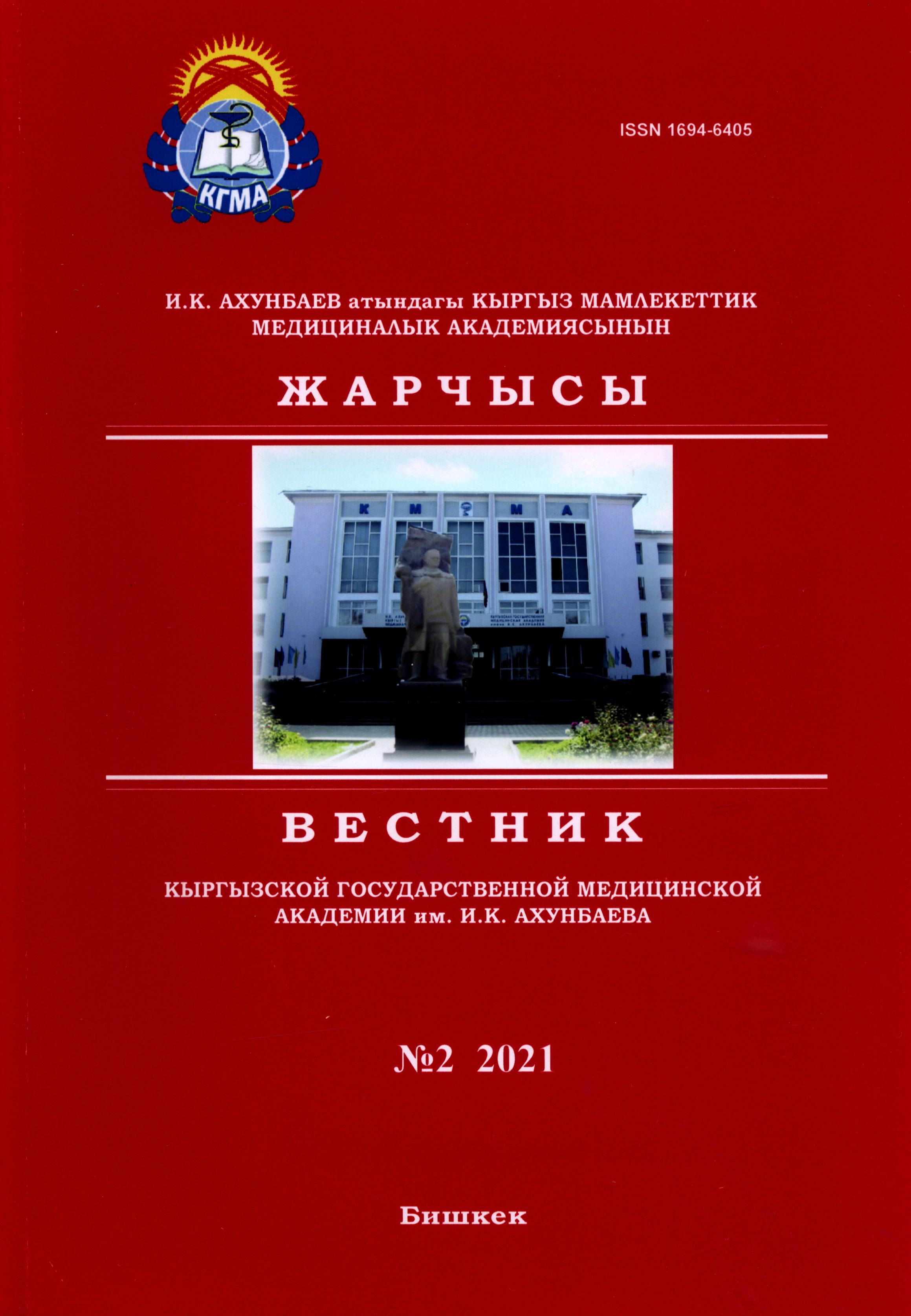MACROMORPHOLOGICAL PICTURE OF PULMONARY TISSUE AND HEART OF PERSONS DIED FROM COVID-19 (based on forensic material)
DOI:
https://doi.org/10.54890/.v3i3.128Abstract
Summary. The article reflects the results of the analysis of cases of forensic medical examination of the corpses of persons who died from COVID-19 in 2020. It was established that in 2020, 1,361 investigated corpses were registered in the thanatology department, of which 232 deaths occurred from COVID-19. The largest number of deaths from COVID-19 was registered in the m onth of July (149 cases out of 262 corpses examined this month). Polymerase chain reaction o f 89 (38.4% ) confirmed cases, 53 (22.8% ) unconfirm ed cases, and unspecified bronchopneum onia (J 18.0) - 90 cases (38.8%). Mortality among males was 65.1% (151 cases), females - 34.9% (81 cases). In 43.5% (101 cases), corpses were delivered to the morgue from houses, in 9.9% (23) - from the street, in 4 cases (1.7% ) - from tem porary shelters.
Macroscopically, the target organ-lungs looked enlarged, filled the chest cavity, the visceral pleura, thickened, dark bluish color, the lungs felt dense in places, airy in places, weighing about 1400.0 dark red hem orrhages w ith fairly clear boundaries, in the lum en o f individual bronchioles there are dark red throm bi, bronchioles are thickened, w hen the lung tissue is compressed, a foamy-hemorrhagic fluid flows out. The myocardium in the section, especially o f the left section, in hem orrhages o f banded, rounded forms o f dark red color against the background o f w hitish-gray areas o f the myocardium. In places, hemorrhages merge, forming a continuous field of dark red color.
Keywords:
forensic examination of a corpse, COVID-19, gender, hemorrhage, lung myocardium.References
1. Lu R., Zhao X., Li J. et al. Genomic characterization and epidemiology of 2019 novel coronavirus: implications for virus origins and receptor binding. Lancet. 2020; 395 (10224): 565-574. DOI: 10.1016/s0140- 6736 (20)30251-8.
2. World Health Organization. WHO Coronavirus Disease (COVID-19) Dashboard. Available at: https://C OVID19.who.int/?gclid=CjwKCAjw j_b3BRAGEiwAemPNU7B2Jw U49WIXL- 2GzfGG0BPVQqtXIIwdp VJKQ90n84M2 W_
m2a4dDYRoCMMsQAvD_BwE [Accessed: July 2, 2020]. 3. 3. СамсоноваМ.В,, ЧерняевА.Л., Омарова Ж.Р., Першина Е.А., Мишнев О.Д, Зайратьянц О.В., Михалева Л.М.,
Калинин Д.В., Варясин В.В., Тишкевич О.А., Виноградов С.А., Михайличенко К.Ю., Черняк А.В. Особенности
патологической анатомии легких при COVID-19. Пульмонология 2020; 30(5):519-532. [SamsonovaM.V., Chernyaev A.L., Omarova Zh.R., Pershina E.A., Mishnev O.D., Zayratyants O.V., Mikhaleva L.M., Kalinin D.V., Varyasin
V.V., Tishkevich O.A., Vinogradov S.A., MikhaylichenkoK.Yu., ChernyakA.V. Features of pathological anatomy of lungs at
COVID-19. PULMONOLOGIYA. 2020;30(5):519-532. (In Russ.)] DOI: 10. 18093/0869-0189-2020-30-5-519-532
4. Li H., Liu L., Zhang D. et al. SARS-CoV-2 and viral sepsis: observations and hypotheses. Lancet. 2020; 395
(10235):1517-1520. DOI:10.1016/s0140- 6736(20)30920-x.
5. В Кыргызстане зарегистрирован первый случай коронавируса.http://kabar.kg/news/v-kyrgyzstane-
zaregistrirovan-pervye-3-sluchaia- koronavirusa/







